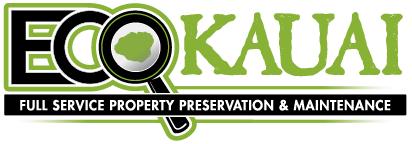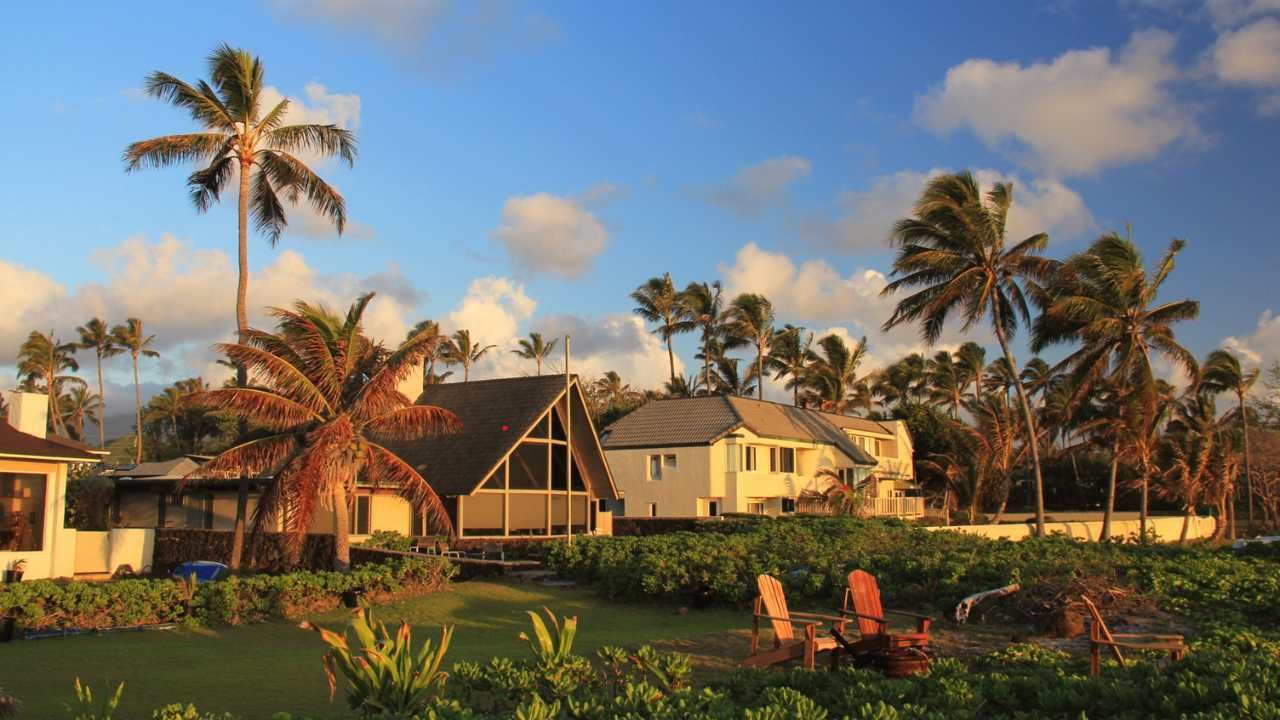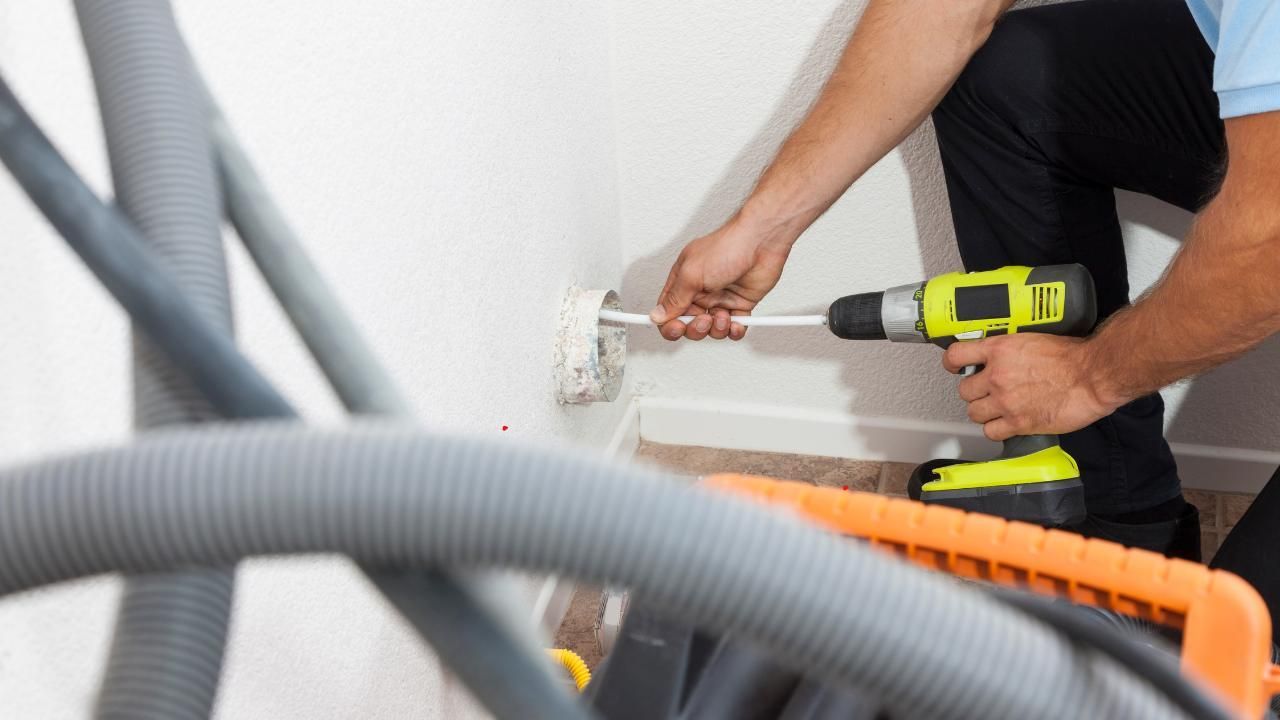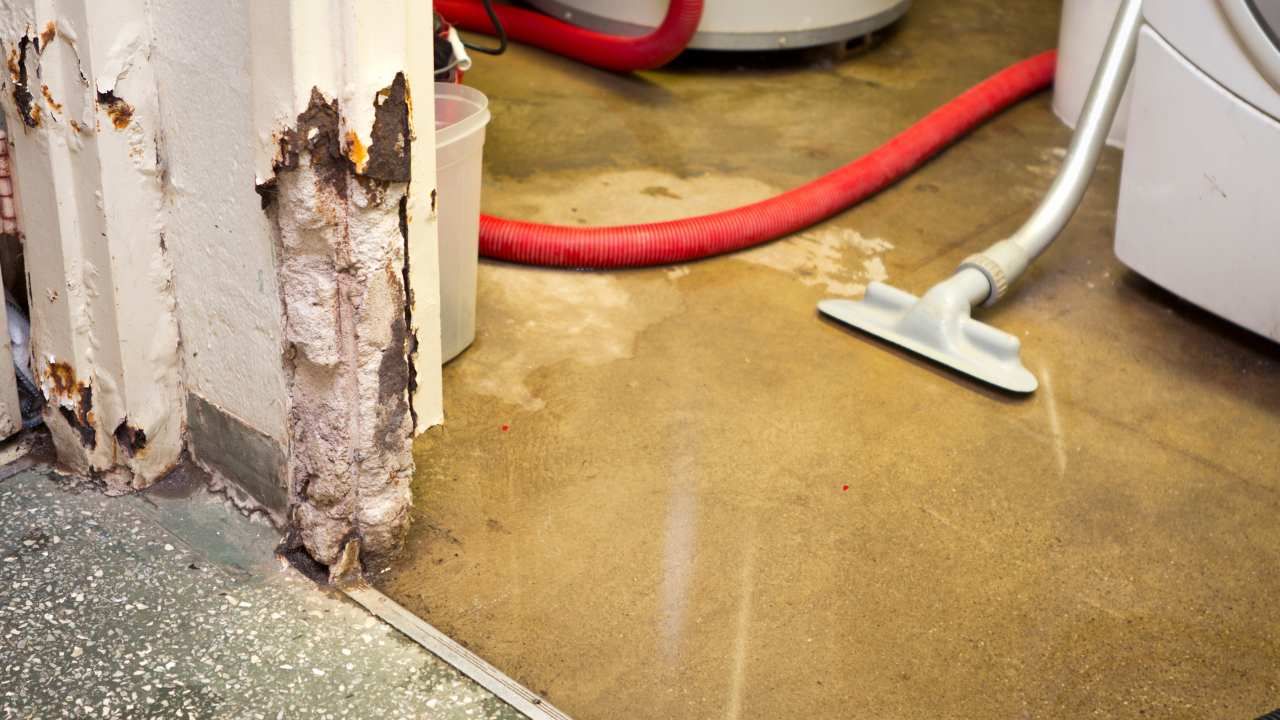➜ Have an Emergency? Call Today (808) 652-0106
➜ Have an Emergency? Call Today (808) 652-0106
Mold Removal vs. Mold Remediation: What's the Difference in Hawaii?
The Need for Effective Mold Solutions
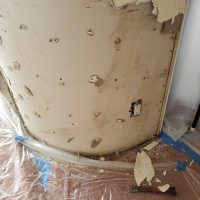
Mold, a common issue in many regions, poses unique challenges in Hawaii due to its tropical climate and high humidity levels. When dealing with mold problems, it's essential for homeowners and property managers to understand the distinction between mold removal and mold remediation, especially in the context of the Hawaiian environment. In this comprehensive guide, we will explore the critical differences between these two approaches and why mold remediation is the preferred method for addressing mold issues in the Aloha State.
The Prevalence of Mold in Hawaii
Hawaii's lush landscapes, warm temperatures, and high humidity levels create a paradise for mold to thrive. Mold can easily find its way into homes, businesses, and other structures, making it a persistent issue for residents and property owners throughout the state. To address mold effectively, it's crucial to understand the key differences between mold removal and mold remediation and why the latter is especially vital in Hawaii.
Mold isn't merely a cosmetic concern; it can pose health risks and structural damage to properties. In Hawaii, where mold's growth is facilitated by the tropical climate, addressing mold issues becomes a matter of not only preserving property values but also ensuring the well-being of occupants.
Mold Removal: A Temporary Fix
The Limitations of Mold Removal
Mold removal, as the name suggests, involves the physical removal of visible mold from surfaces. It often focuses on cosmetic aspects, such as cleaning and scrubbing the affected areas to eliminate the visible signs of mold. While mold removal can provide a quick and apparent solution, it often falls short of addressing the underlying issues.
The Risks of Incomplete Mold Removal
In Hawaii, where mold can thrive in hidden or inaccessible areas, a superficial approach to mold removal leaves property owners at risk. Mold spores can remain airborne or hidden within porous materials, ready to resurface and cause further problems. Incomplete mold removal may result in recurring mold issues, compromised indoor air quality, and potential health hazards.
Mold Remediation: A Comprehensive Solution
Understanding Mold Remediation
Mold remediation is a more holistic approach to addressing mold issues. It involves not only the removal of visible mold but also the identification and mitigation of the root causes of mold growth. Mold remediation aims to create a long-term solution that prevents mold from returning.
The Importance of a Thorough Approach
In Hawaii, where mold thrives due to persistent humidity and warmth, mold remediation is the preferred method for several reasons. It not only removes existing mold but also addresses the conditions that promote mold growth. This approach is crucial for achieving lasting results and preventing the recurrence of mold issues.
Why Mold Remediation Is Essential in Hawaii
Hawaii's Unique Climate and Mold Challenges
Hawaii's tropical climate provides an ideal environment for mold growth. High humidity levels, warm temperatures, and occasional heavy rainfall create conditions where mold can thrive both indoors and outdoors. As such, addressing mold in Hawaii requires a comprehensive approach that goes beyond superficial mold removal.
Health Concerns Associated with Incomplete Mold Removal
Incomplete mold removal can lead to health risks, especially in a state like Hawaii, where occupants spend a significant amount of time indoors. Mold spores, even when not visible, can become airborne and enter the respiratory system.
Hawaii's idyllic landscapes and tropical climate make it a paradise for residents and visitors alike. However, beneath the beauty of the Aloha State lies a persistent issue that can affect both homes and businesses: mold. Due to Hawaii's unique climate and environmental conditions, mold can thrive and become a significant concern. This article explores why mold remediation is essential in Hawaii and the specific challenges the state faces in dealing with this issue.
Hawaii's Unique Climate and Mold Challenges
Hawaii's tropical climate is characterized by high humidity levels, warm temperatures, and occasional heavy rainfall. While these conditions create the stunning landscapes that draw people to the islands, they also provide an ideal breeding ground for mold. Mold spores are naturally present in the environment, and when combined with moisture and warmth, they can quickly colonize surfaces in homes and buildings.
In Hawaii, where humidity levels can be consistently high, mold growth is not just a seasonal concern; it's a year-round challenge. Mold can appear on walls, ceilings, floors, and even hidden areas like crawlspaces and attics. It's not uncommon for residents to encounter mold in bathrooms, kitchens, and other areas where moisture levels are elevated.
Health Concerns Associated with Incomplete Mold Removal
One of the most compelling reasons for prioritizing mold remediation in Hawaii is the potential health risks associated with mold exposure. Mold spores are known allergens and can trigger respiratory issues, allergic reactions, and other health problems. For individuals with asthma, allergies, or compromised immune systems, mold exposure can be particularly problematic.
Incomplete mold removal, often associated with surface-level cleaning or DIY solutions, poses significant health risks. When mold is not effectively eradicated, spores can become airborne and circulate throughout indoor spaces. This can lead to ongoing health concerns for residents and occupants, even if the visible signs of mold are temporarily removed.
The Importance of Comprehensive Mold Remediation
Mold remediation, in contrast to mere mold removal, is a comprehensive approach aimed at not only removing visible mold but also addressing the underlying issues that contribute to mold growth. In Hawaii, this approach is crucial due to the persistent nature of mold problems. Consulting with a mold removal expert ensures that both the visible mold and the root causes of moisture buildup are effectively addressed.
Comprehensive mold remediation includes the following key steps:
Assessment and Identification
A thorough inspection is conducted to identify areas affected by mold and the factors contributing to its growth. This step helps determine the extent of the problem and the best course of action.
Containment and Removal
Proper containment measures are implemented to prevent the spread of mold spores during the removal process. All affected materials are safely removed, and surfaces are meticulously cleaned.
Cleanup and Prevention
After removal, the affected areas are cleaned and treated to prevent mold from returning. This often involves addressing moisture issues, improving ventilation, and implementing preventative measures.
Long-Term Solutions for Hawaii
In Hawaii's climate, the key to effective mold management is not just addressing mold when it becomes visible but implementing long-term solutions to prevent its recurrence. ECO Kauai Services offers these solutions by identifying and rectifying the underlying causes of mold growth, such as leaks, inadequate ventilation, or poor insulation.
By focusing on prevention, mold remediation services in Hawaii ensures that homes and businesses remain mold-free, safeguarding the well-being of occupants and preserving property values. It's a proactive approach that acknowledges the persistent nature of mold challenges in the state. Reach out to us to learn more about how we can help you maintain a mold-free environment.
Call us to book a mold inspection or remediation on Kaua'i, HI now.
CONTACT INFO
Justin Jacobs
FIND US ON:
SERVICES PROVIDED
Water Damage
Emergency Extraction
Tear-Out
Structural Drying
Mold Removal
Mold Inspection
Mold Testing
Mold Remediation
Power Washing
Mildew Removal
ISLAND-WIDE SERVICES
Wailua
Kalahe
oLihu
eKeali
aPrincevill
eKapa
aHanapep
eHanale
iPoip
uHaen
All Rights Reserved | ECOKauaiServices.com
Website Managed by
Leads By Vinny
